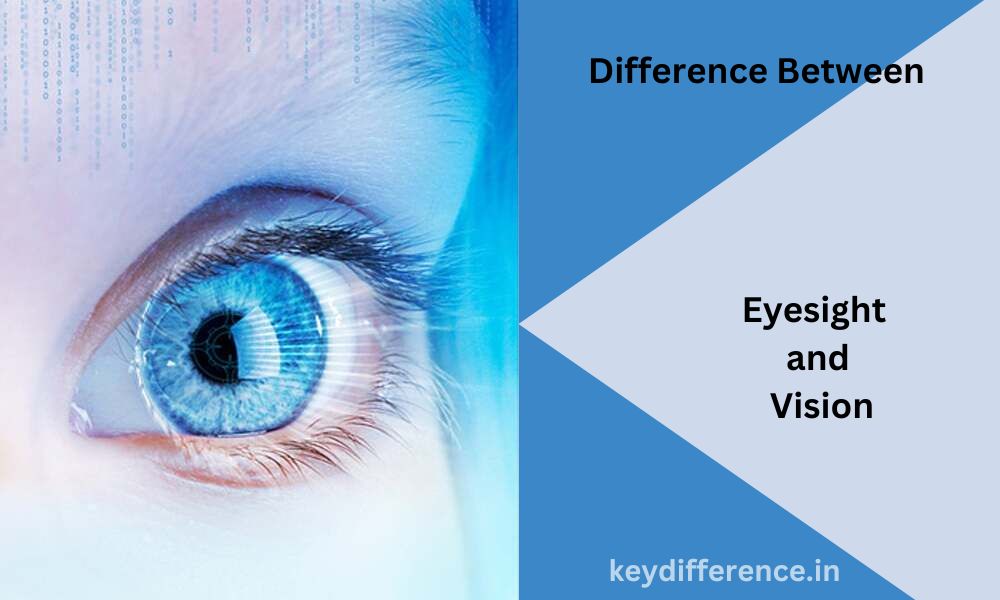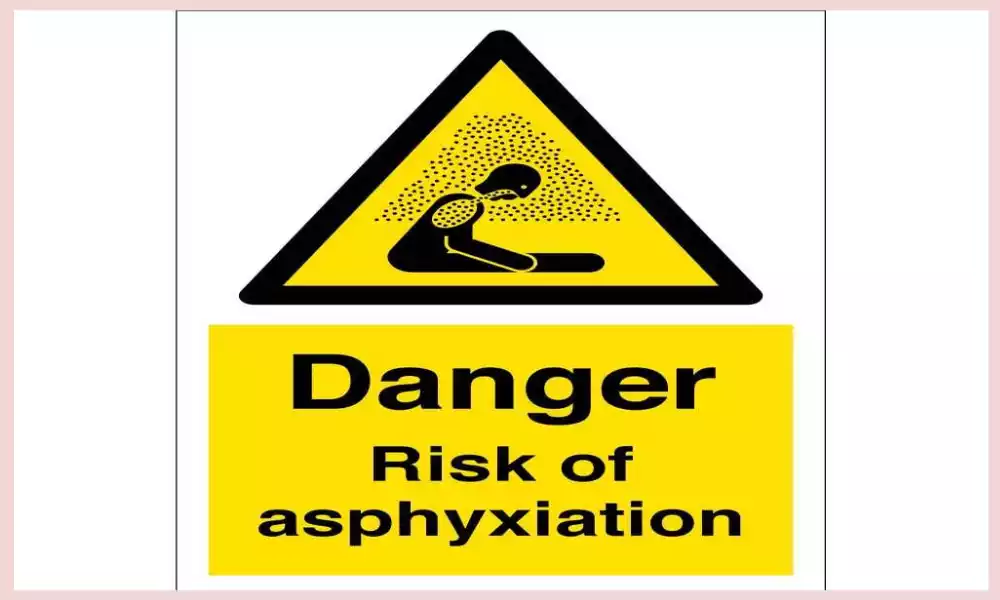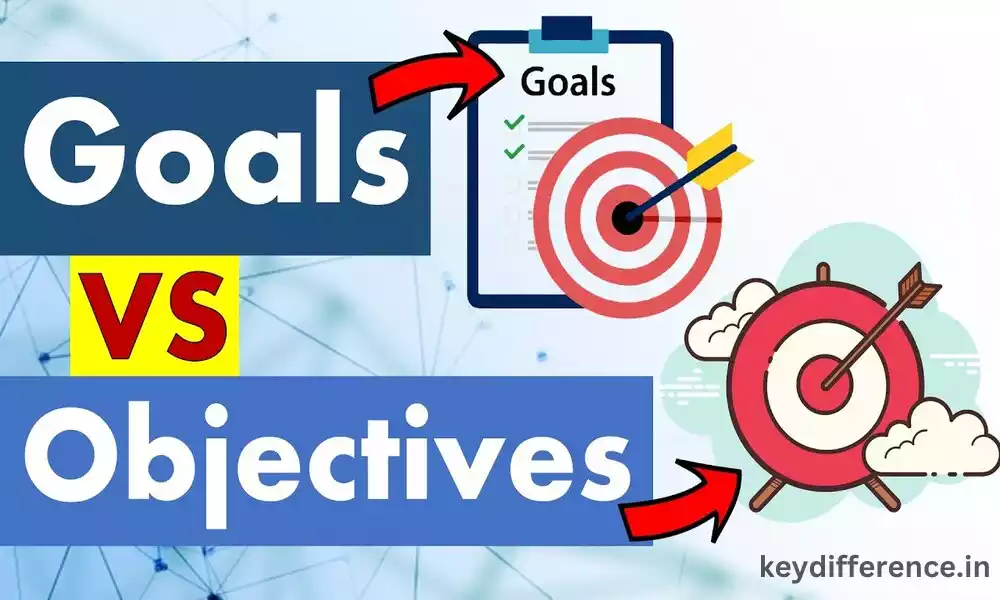Introduction
Understanding the Difference between eyesight and vision is integral to Understanding the complexity of our visual System and its effect on daily life. While both terms are frequently used interchangeably, they refer to distinct aspects of visual experience: eyesight is our physical ability to detect visual stimuli such as images; vision involves deciphering meaning from what we observe.
We will delve into their respective definitions, characteristics, and measurement methods as well as any physiological components such as the anatomy of eyes or factors affecting visual acuity that affect eyesight; additionally, we will delve into components of vision such as perception and interpretation that make up overall visual experience; we also will consider various factors which can impede its progress or even disrupt it altogether.
Deliberating on the differences between eyesight and vision allows us to gain a better understanding of both systems and of maintaining optimal eye health. With this information in hand, we can make more informed decisions regarding our vision care needs, adopt healthy lifestyle practices, and prioritize regular eye exams – ultimately improving overall visual well-being and quality of life.
Definition of eyesight
Eyesight refers to the physical Ability of our eyes to detect and perceive visual stimuli, Including objects, shapes, colors, and details with clarity and Sharpness. Eyesight depends heavily on eye health and functionality – specifically its cornea, lens, retina, and optic nerve – as well as visual acuity tests which measure our ability to distinguish letters or objects at various distances.
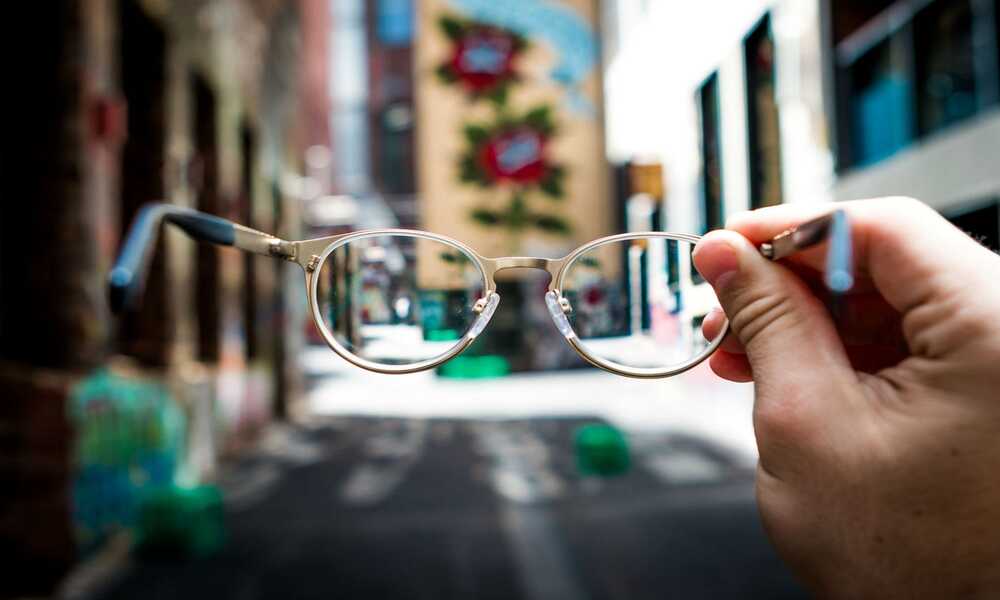
Physiology of the eyes
Physiology of the Eyes involves intricate structure and function of components essential to vision.
Here is an overview of their roles:
Cornea: The cornea is the transparent outermost layer of your eye that serves both as protection and to focus light onto your retina.
Iris: The iris is the colored part of the eye that surrounds and controls light entry by altering pupil size through muscle control.
Pupil: The pupil is the dark circular opening in the center of an iris that controls how much light enters an eye.
Lens: The lens is a clear, flexible structure located behind the iris that further concentrates incoming light onto the retina for near and distance vision. Adjustments to focus or accommodation for near/far vision may be made via its manipulation.
Retina : The retina, a thin layer light-sensitive tissue at the back each eye, contains photoreceptors called photoreceptors. Rods and cones are photoreceptors that convert light to electrical signals.
Rods and Cones: Rods are responsible for low-light vision and peripheral perception, while cones play an integral part in color vision, visual acuity, and detail perception in bright lighting conditions.
Optic Nerve: The optic nerve is composed of nerve fibers that connect from retinal receptors to the brain for processing and interpretation.
Visual Cortex: The visual cortex of our brains is responsible for receiving and processing visual information in order to enable us to comprehend what we see.
Coordination and interaction among these structures allow the eyes to receive, focus, and transmit visual information to the brain where it can be processed as visual perception. Any disruptions or abnormalities in these structures could have serious repercussions for eyesight and vision.
Factors that affect eyesight
Refractive Errors: Refractive errors such as Nearsightedness (myopia), Farsightedness (hyperopia), and Astigmatism can lead to blurry vision and difficulty focusing on objects at various Distances.
Age-Related Changes: With age comes less flexible lenses that are unable to focus properly, leading to presbyopia. Furthermore, as people get older their risk for Cataracts and macular degeneration increases Exponentially.
Eye Diseases and Conditions: Eye diseases and conditions that obstruct Eyesight include Glaucoma (causing damage to the optic nerve), diabetic Retinopathy (caused by diabetes Affecting blood vessels in retina) and retinal Detachment.
Eye Injuries: Trauma or injuries to the eyes can cause significant disruptions in vision and cause permanent visual impairments, leading to impaired sight.
Genetics: Genetic factors may Contribute to eye conditions and disorders that affect sight, such as Hereditary forms of color blindness or genetic Predispositions to macular Degeneration.
Environmental Factors: Overexposure to UV rays from the sun, Excessive screen time and poor lighting Conditions as well as exposure to pollutants or irritants may all have Detrimental effects on eyesight.
Systemic Health Conditions: Diabetes, hypertension and autoimmune diseases can have serious repercussions for eye health, including vision problems.
Medication: Certain drugs, like Corticosteroids, may have side effects that affect Eyesight.
An annual eye exam by an eye care professional is essential for early detection, diagnosis and management of factors threatening optimal eyesight and overall eye health.
Refractive errors
Refractive errors are a prevalent eye condition that alter the way light is focused onto the retina, creating blurry or distorted vision.
There are three main categories of refractive errors:
Nearsightedness (Myopia): Myopia occurs when either the eyeball is longer than usual or its cornea too curved; light then focuses in front of the retina instead of directly on it, rendering distant objects appear blurry while close objects appear more clearly.
Farsightedness (Hyperopia): Hyperopia occurs when either the eyeball is shorter than normal or its cornea flatter, causing light to focus behind the retina, blurring nearby objects while distant objects may appear clearer.
Astigmatism: Astigmatism occurs due to irregular curvatures of either the cornea or lens, leading to distorted or blurry vision at both near and far distances. More often than not, one direction of curvature exceeds another, creating multiple focal points on the retina and distorting vision in this way.
Refractive errors may cause symptoms including blurry vision, eye strain, headaches and difficulty reading or focusing. They are typically diagnosed through a comprehensive eye exam with an additional refraction test to ascertain which corrective lenses (eyeglasses or contact lenses) would best suit an individual.
Treatment for refractive errors usually includes using corrective lenses to bend light around and correct for specific refractive errors. Eyeglasses and contact lenses offer specific lens powers designed to focus light directly onto the retina for improved visual clarity, while refractive surgeries such as LASIK or PRK offer permanent solutions to permanently reshape corneas and correct refractive errors.
Regular eye exams are important in detecting and managing refractive errors early, as uncorrected ones can cause visual discomfort or lead to other eye health problems if left uncorrected.
Eye diseases and conditions
There are various eye diseases and Conditions that can Significantly impede eyesight and overall eye health,
Here are a few common examples:
Cataracts: Cataracts occur when the Natural lens of the eye becomes cloudy, leading to blurry or foggy vision. While Cataracts tend to increase with age, other causes include Genetics, certain medications, or eye Injuries. Cataract surgery – in which cloudy lenses are removed and replaced by clear ones – is one treatment option commonly utilized against them.
Glaucoma: Glaucoma is an eye Disease Characterized by damage to the optic nerve due to Increased pressure in the eye. If left untreated, this condition can result in Gradual vision loss that eventually progresses into Permanent blindness. Treatment options available to treat glaucoma include eye drops, oral medications, laser therapy, or surgery.
Age-Related Macular Degeneration (AMD): AMD is a progressive condition that primarily affects the macula, the central part of the retina responsible for sharp central vision. Over time it can cause central vision to dim or completely vanish altogether, making it more difficult to see fine details, read, or recognize faces. Unfortunately there is no cure for AMD; however certain treatments and lifestyle modifications may slow its progress and help preserve vision.
Diabetic Retinopathy: Diabetic Retinopathy is a complication of diabetes caused by high blood sugar levels that damage retinal blood vessels, Potentially leading to vision loss if left Untreated. Diabetics who suffer from diabetic retinopathy can seek treatments such as managing their levels, laser therapies, injections, or surgery in more extreme cases.
Retinal Detachment: Retinal detachment occurs when the retina detaches from its supporting tissues, disrupting its blood supply and leading to vision loss. It often presents itself with sudden flashes of light or flashes of darkness followed by flashes or floaters and curtains across your visual field – creating an emergency medical situation requiring prompt surgical intervention.
Dry Eye Syndrome: Dry eye syndrome occurs when eyes do not produce enough tears or they evaporate too rapidly, leading to dryness, irritation, and blurred vision. Treatment options may include artificial tears as well as managing any underlying conditions or lifestyle changes necessary; in some instances, prescription medication may also be used as part of the treatment plan.
Conjunctivitis, more commonly referred to as pink eye, is an inflammation of the conjunctiva, the thin, clear tissue covering the white part of your eyelid. It may be caused by Allergies, viral or bacterial infections, or irritants and should be treated Depending on its cause with eye drops, Medications, or self-care measures.
These are just some examples of eye diseases and conditions that may threaten eyesight, and it is wise to seek medical advice immediately if any vision changes occur or you experience concerns over eye health. Routine eye examinations provide invaluable opportunities for early detection, diagnosis, and management of such conditions to preserve optimal eye health and maintain visual quality.
Measurement of eyesight
Eyesight measurement typically involves various tests that assess visual acuity – which refers to your ability to see fine details clearly – in order to assess eyesight.
Here are two of these techniques for gauging eyesight:
Visual Acuity Tests: Visual acuity tests assess the sharpness of vision. Most commonly conducted using either a Snellen chart or electronic visual acuity testing system, this test involves reading letters or symbols of different sizes from various distances from an initial location.Results are expressed as fractions; 20/20 is considered normal vision; any less than this would mean needing to be at 20 feet just so as to see what a person with normal eyesight can see at 20 feet; 20/40 indicates you need to see what someone with normal vision would see at 40 feet distances!
Eye Examination: Eye exams performed by eye care professionals include a comprehensive analysis of all aspects of vision. Typically this entails tests to evaluate visual acuity, assess refractive errors, determine eye muscle coordination, examine health of structures in the eye and assess peripheral vision. Additional tests such as retinal exams and tonometry (measuring eye pressure) may also be included as part of an exam.
Measurement techniques allow eye care professionals to evaluate the quality of your eyesight and detect any refractive errors or eye conditions which could impair it. Regular eye exams are crucial in maintaining optimal eyesight as well as monitoring for changes or issues which require treatment or intervention.
Definition of vision
Vision refers to more than eyesight; it encompasses understanding visual stimuli in general and making meaning from it. Vision involves not only physical act of seeing but also brain integration, processing and comprehension of visual information.
Furthermore, vision requires coordination among eyes, visual pathways in brain and cognitive processes in order to interpret what we see.
Vision encompasses the ability to perceive spatial relationships, depth perception, motion detection, object recognition, color perception and interpretation of visual patterns and symbols. Vision depends both on eye health as well as other areas in the brain responsible for processing visual data. Vision encompasses both the physiological act of seeing with our eyes and neurological processes that allow us to comprehend and interpret what we see around us. Vision goes far beyond mere eyesight as it involves the integration of sensory information with cognitive skills, memories, and past experiences.
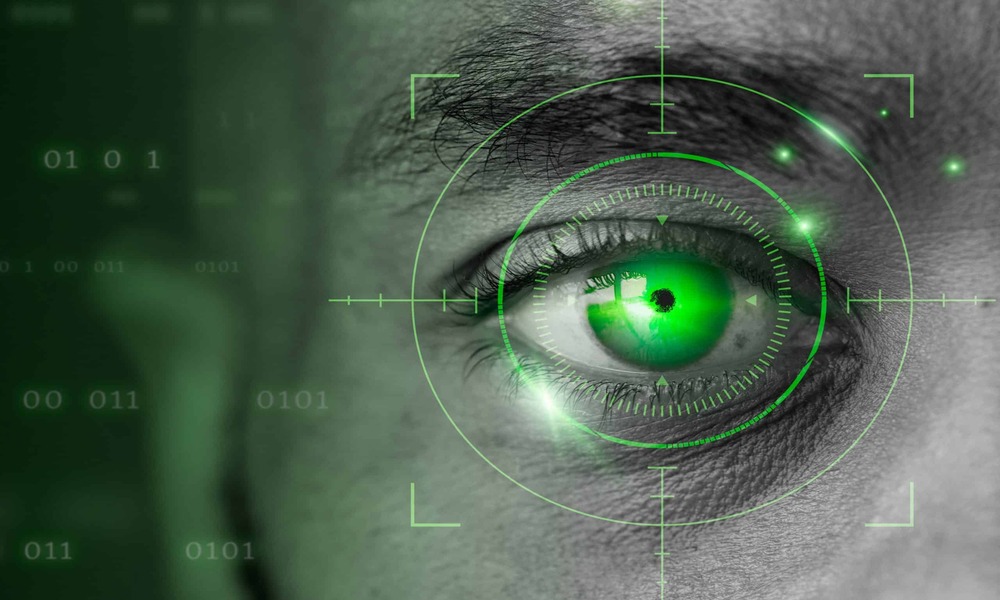
Visual system and processing
The visual system and processing involve an intricate series of steps that enable us to perceive, interpret, and make sense of visual data.
Here is a breakdown of its key stages:
Light Reception: To begin the process, light must first enter our eyes. Our cornea and lens help focus the light onto our retina at the back of our eye for processing.
Retinal Processing: The retina contains special cells known as photoreceptors, including rods and cones. Rods provide low-light vision while cones enhance color perception as well as detail perception in bright lighting conditions. Photoreceptors convert light into electrical signals which can then be further processed by your body.
Transmission to the Brain: Photoreceptor-generated electrical signals are transferred directly into the brain via optic nerve fibers, which transport visual data directly to primary visual cortex in occipital lobe.
Visual Processing in the Brain: The visual cortex processes and interprets electrical signals received from the optic nerve, through various stages of hierarchical processing including edge detection, feature extraction, pattern recognition, object recognition, etc. Different areas within this cortex specialize in processing certain aspects of visual data such as color, shape, motion or depth perception.
Higher-Level Processing: Visually processed information is further processed in higher-level brain regions, including association areas. These regions combine visual input with sensory data and cognitive processes such as memory, attention and emotion processing to give an in-depth perception of visual scenes.
Perception and Interpretation: The final step involves perceiving and interpreting visual information. Our brain combines processed visual signals with prior knowledge, experiences, and expectations in order to form a coherent and meaningful representation of our visual environment – this allows us to recognize objects, understand spatial relationships, interpret symbols, and extract relevant data from any scene that appears before our eyes.
Through these stages, our visual system relies on sensory input, neural processing, and cognitive factors to provide us with an engaging visual experience. However, visual processing can also be affected by individual differences, attentional biases, and perceptual illusions which underscore its intricate connection with cognitive processes.
Components of vision
Vision is composed of various components working in harmony to provide us with visual information and facilitate its understanding.
Below are the essential components of vision:
Visual Acuity: Visual acuity refers to the clarity and sharpness of vision, measuring how well fine details can be seen. It can be assessed using tests which measure letter reading at specific distances such as Snellen charts.
Visual Field: A visual field refers to the total area that can be seen without changing one’s position of eyes, including both central and peripheral vision (what can be seen directly ahead and further out). A healthy visual field allows for wide visual awareness.
Color Perception: Color perception refers to our ability to perceive different hues. This process relies on special cone cells located in our retina that detect different wavelengths of light. Color perception plays an important role in recognising objects, identifying patterns, and experiencing the richness of our visual world.
Depth Perception: Depth perception enables us to perceive relative distance and three-dimensional (3D) relationships between objects, using visual cues such as binocular disparity (the difference in images seen by each eye), motion parallax (when moving objects appear out of sync with observers), and perspective.
Motion Detection: Motion detection involves our ability to perceive and track moving objects. This enables us to quickly respond to objects in motion, judge their speed and direction accurately, as well as navigate safely through our environments.
Object Recognition: Object recognition refers to the ability to recognize objects based on their shape, size and other visual features. It involves using visual information together with stored knowledge and memory in order to distinguish familiar items from unfamiliar ones.
Spatial Awareness: Spatial awareness refers to our understanding and perception of spatial relationships between objects in their environment, and themselves, thus helping us navigate, estimate distances, and establish our sense of place within space.
Visual Processing and Integration: Visual processing refers to the neural processing and interpretation of visual information within the brain, often using multiple regions working collaboratively to analyze visual stimuli, extract meaningful features from them and build up a coherent perception of visual scenes.
Vision’s constituent parts work cooperatively to give us a comprehensive and meaningful understanding of the visual world around us, supported by complex interactions among eyes, optic nerves, visual pathways and brain structures involved in visual processing.
Visual interpretation
Visual interpretation refers to the act of comprehending and making sense of visual data. This process includes analyzing visual stimuli such as images, graphs, charts, or diagrams and extracting meaningful insights from them. Interpretation relies on perceptual, cognitive and contextual factors interacting to provide accurate understanding.
Key aspects of visual interpretation:
Perceptual Processes: Visual interpretation begins with perceptual processes that involve the reception and processing of visual stimuli by the visual system, including recognizing basic features like shapes, colors, textures and spatial relationships.
Pattern Recognition: Visual interpretation involves the recognition of patterns and structures within visual stimuli. This may involve recognizing objects, shapes, symbols or relationships among elements within an image or visual representation.
Contextual Understanding: Visual interpretation is strongly affected by its context of presentation. This includes considering background knowledge, subject matter, purpose and intended audience of visual data presented visually. Contextual understanding allows accurate interpretation in its proper setting.
Cognitive Processes: Cognitive processes play a pivotal role in visual interpretation. These include attention, memory, reasoning and problem-solving. Attention allows us to zero in on specific visual details or features while memory aids recall of prior knowledge related to visual stimuli; reasoning and problem-solving allow for making inferences, drawing conclusions and extracting insight from visual data.
Integration with Prior Knowledge: Interpretation of visual stimuli requires combining it with existing knowledge and experiences in order to make sense of them, understanding their significance, relevance and implications. Prior knowledge helps in quickly recognizing familiar patterns, symbols or relationships which enables efficient interpretation.
Communication and Expression: Visual interpretation also encompasses effectively communicating and expressing insights gained from visual information. This requires using appropriate language, visual design principles, and storytelling techniques in order to convey intended messages, highlight key findings or tell compelling narratives based on visual data.
Visual interpretation is integral to many domains, such as art, design, scientific research, data analysis and decision-making processes. It allows us to extract valuable information, gain insights and convey complex ideas effectively in a visually engaging and accessible manner.
Factors that affect vision
Numerous factors can impair visual function in either the short term or in the long run, including these common Contributors:
Refractive Errors: Refractive errors such as myopia (Nearsightedness), farsightedness (hyperopia), and Astigmatism can impede on your eyes’ Focusing ability and lead to blurry vision. They occur when either your cornea, lens, or eyeball doesn’t form optimally and light fails to focus properly onto your retina.
Age: As people get older, their eyes experience changes that can negatively impact their vision. Presbyopia is one of the more prevalent age-related conditions where near vision becomes harder due to decreased focusing ability on close objects; AMD and cataracts also become more prevalent as people age, negatively impacting vision in older adults.
Eye Diseases and Conditions: Various eye diseases and Conditions, such as glaucoma, cataracts, diabetic Retinopathy and macular Degeneration can wreak havoc with vision. If left untreated these disorders could wreak havoc with eye structures like the optic nerve and retina resulting in reduced visual acuity or peripheral vision loss.
Eye Injuries: Trauma or injuries to the eye can result in vision problems. Damage to cornea, retina, optic nerve, or other structures of the eye could cause partial or complete vision loss depending on its severity and location of injury.
Systemic Health Conditions: Diabetes, hypertension, autoimmune diseases and neurological disorders can have an impact on vision. They may impact blood vessels, nerves or tissues of the eyes leading to changes or complications affecting vision.
Medication: Some medications used to treat systemic conditions like high blood pressure may have side effects that adversely impact vision, including blurry or dim vision, dry eyes or changes in color perception.
Lifestyle Factors: Numerous lifestyle factors can have an adverse effect on vision. Prolonged exposure to digital screens, inadequate lighting, poor ergonomics and no eye protection such as sunglasses can all lead to eye strain, fatigue, dryness and other visual discomforts that negatively impact vision.
Environment Factors: Environmental factors like pollution, allergens, smoke and excessive ultraviolet (UV) radiation can have an adverse impact on vision. They may cause eye irritation, inflammation and/or damage to the ocular surface resulting in blurry or damaged vision.
Prioritize eye health by scheduling regular eye examinations to monitor and address any vision changes or concerns. Care for eyes may include wearing suitable eyewear, maintaining a healthy lifestyle and protecting them from potential hazards to minimize the negative effects on vision.
Measurement of vision
Measurement of vision involves evaluating various aspects of visual function to ascertain an individual’s quality and acuity of their eyesight.
Some common methods used to assess vision:
Visual Acuity Testing: Visual acuity measures the clarity and sharpness of vision, typically measured using either a Snellen chart or electronic visual acuity testing system. An individual taking the test must read letters or symbols of different sizes from various distances from their vantage point at specific intervals from various test distances – 20/20 represents normal vision for this distance range (ie if someone with normal eyesight could see at 20 feet what normal vision people can see from 20 feet).
Refraction Testing: Refraction testing helps detect the presence and extent of refractive errors such as myopia (nearsightedness), farsightedness (hyperopia), and astigmatism.
To do this effectively, optometrists or ophthalmologists utilize trial lenses called phoropters or phoropters, in which different lenses are placed before one’s eyes so the individual may view an eye chart while different lenses are in front of their eyes until achieving sharpest and clearest vision.
Color Vision Testing: Color vision testing evaluates an individual’s ability to distinguish and perceive different hues. Ishihara color plates or other specialized tests may be utilized to assess potential deficiencies or color blindness in vision.
Visual Field Testing: Visual field testing measures an individual’s peripheral vision or visual field and helps detect any loss in peripheral areas, which could indicate conditions like glaucoma or neurological diseases. Common methods of visual field testing include confrontation testing, automated perimetry and tangent screen screening.
Contrast Sensitivity Testing: Contrast sensitivity testing measures an individual’s ability to differentiate objects of differing contrasts. This evaluation determines an individual’s sensitivity for subtle variations in brightness or contrast that are necessary for tasks like reading, driving and reading facial expressions.
Ocular Health Exam: A comprehensive eye exam includes an assessment of overall eye health. This involves inspecting external structures of the eyes, testing integrity of cornea, lens and retina as well as looking out for signs of eye diseases, infections or abnormalities.
These are among the more frequently employed methods for measuring vision. Regular eye examinations, particularly if there is any reason for concern regarding visual changes, should be undertaken in order to detect and address any vision-related issues early. Certified optometrists or ophthalmologists can administer such tests and make appropriate recommendations regarding corrective or treatment measures for vision disorders.
Comparison Table of Eyesight and Vision
Here is a comparison table highlighting the key differences between eyesight and vision:
| Eyesight | Vision |
|---|---|
| Refers to the physical ability of the eyes to detect and perceive visual stimuli. | Involves the interpretation and comprehension of visual information. |
| Primarily dependent on the health and functionality of the eyes. | Involves the integration of visual information with cognitive processes in the brain. |
| Measured through visual acuity tests and eye examinations. | Assessed through functional vision assessments and visual field tests. |
| Focuses on the clarity, sharpness, and acuteness of visual perception. | Encompasses spatial relationships, depth perception, motion detection, object recognition, and color perception. |
| Can be affected by refractive errors, eye diseases, and age-related changes. | Can be influenced by brain function, visual processing disorders, and environmental factors. |
| Essential for perceiving objects, shapes, colors, and details. | Enables the understanding of visual patterns, symbols, and the meaningful interpretation of the visual world. |
| Relates to the physical act of seeing with the eyes. | Encompasses both the physiological act of seeing and the neurological processes that make sense of visual stimuli. |
Understanding these distinctions helps us appreciate the complexity of the visual system and emphasizes the importance of maintaining healthy eyesight and vision for a comprehensive visual experience.
Conclusion
Understanding the difference between eyesight and vision is critical for fully grasping the complexity of visual system.Eyesight refers to physical ability of seeing, including clarity, sharpness, range of vision and other physical measures; vision encompasses perception, interpretation and making sense of visual information, including not only physical aspects but also cognitive and perceptual elements of perceiving it.

